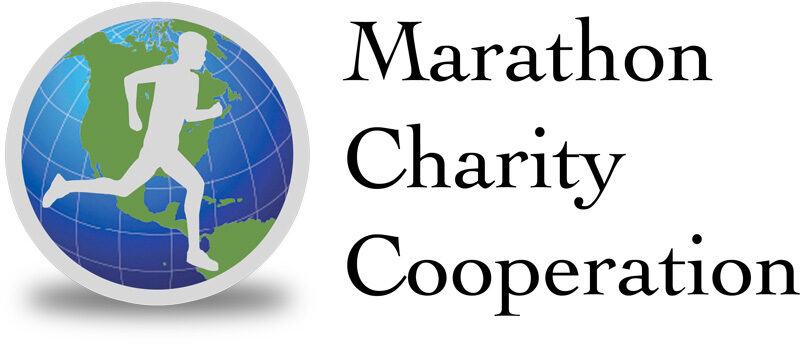Patellofemoral pain syndrome (PFPS), or runner’s knee, got its nickname for an obvious and very unfortunate reason—it’s common among runners. The stress of running can cause irritation where the kneecap (patella) rests on the thighbone. The resulting pain can be sharp and sudden or dull and chronic, and it may disappear while you’re running, only to return again afterward. While biomechanical issues may be to blame, the cause can often be traced back to poorly conditioned quadriceps and tight hamstrings. Weak quads aren’t able to support the patella, leading it to track out of alignment, and inflexible hamstrings can put pressure on the knee. If you want to treat and avoid another bout with runner’s knee, add strengthening and stretching to your routine.
Image © American Academy of Orthopaedic Surgeons
Identifying symptoms of runner’s knee
Patellofemoral pain syndrome can affect one or both knees. It strikes mostly younger, recreational runners and twice as many women as men, according to the British Journal of Sports Medicine. (Women tend to have wider hips, resulting in a greater angling of the thighbone to the knee, which puts the kneecap under more stress.)
Symptoms of runner’s knee include tenderness behind or around the patella, usually toward its center. You may feel pain toward the back of the knee, a sense of cracking or that the knee’s giving out. Steps, hills, and uneven terrain can aggravate PFPS.
Causes of runner’s knee
Pinpointing a single cause of runner’s knee is difficult. It could be a biomechanical problem—the patella may be larger on the outside than it is on the inside, it may sit too high in the femoral groove, or it may dislocate easily. Also, worn cartilage in the knee joint reduces shock absorption, high-arched feet provide less cushioning, and flat feet or knees that turn in or out excessively can pull the patella sideways.
There are also muscular causes. Tight hamstring and calf muscles put pressure on the knee, and weak quadriceps muscles can cause the patella to track out of alignment. Just the repetitive force of a normal running stride alone can be enough to provoke an attack.
Prevention and treatment of runner’s knee
To prevent PFPS, run on softer surfaces, keep mileage increases less than 10 percent per week, and gradually increase hill work in your program. Visit a specialty running shop to make sure you’re wearing the proper shoes for your foot type and gait. Also, strengthening your quadriceps will improve patellar tracking, and stretching your hamstrings and calves will prevent overpronation.
At the first sign of pain, cut back your mileage. The sooner you lessen the knee’s workload, the faster healing begins. Avoid knee-bending activities, canted surfaces, and downward stairs and slopes until the pain subsides. As you rebuild mileage, use a smaller stride on hills. Consider orthotics if new shoes don’t fix the problem. See a doctor if the pain persists, to rule out another condition.
